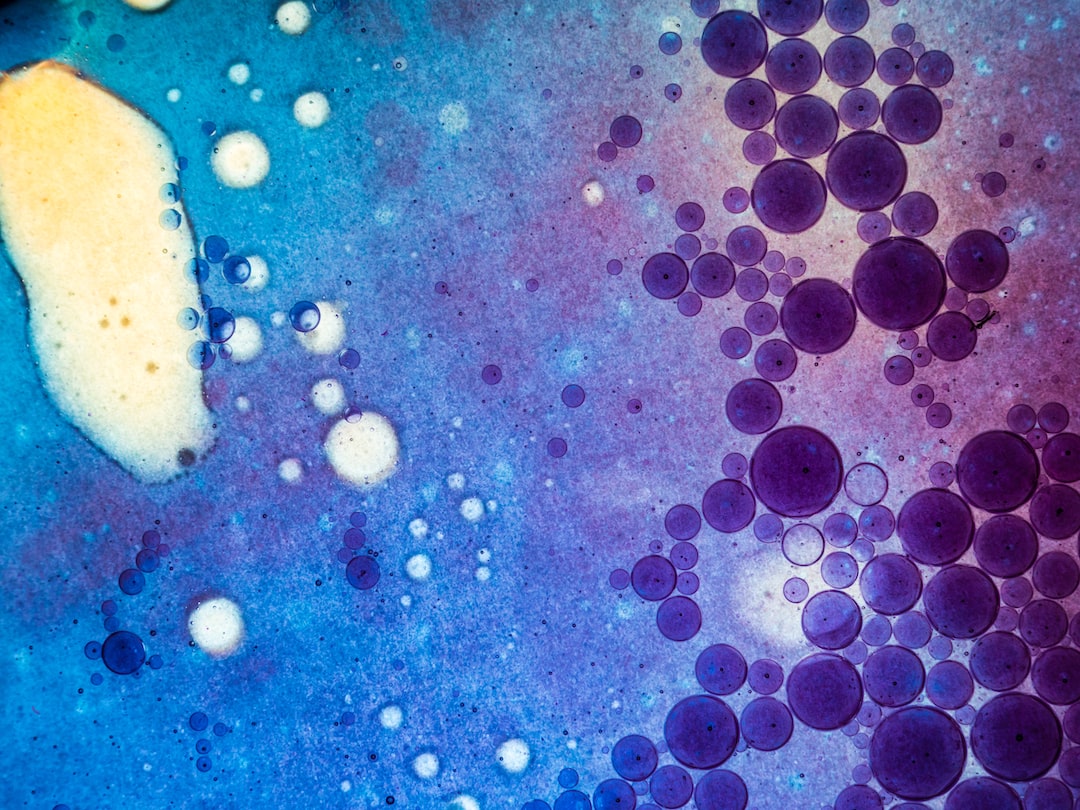Reviving the Renaissance: A Journey Through European Art History
The Renaissance, a period of cultural rebirth and artistic revival, holds a significant place in European history. Spanning from the 14th to the 17th century, this era witnessed a remarkable resurgence of interest in classical learning, literature, and the arts. It marked a departure from the darkness of the Middle Ages, bringing with it a newfound fascination with humanism, scientific discoveries, and artistic techniques that continue to captivate us to this day.
To truly grasp the essence of the Renaissance, one must embark on a captivating journey through European art history. From the majestic Italian city of Florence to the charming streets of Paris and the vibrant canals of Amsterdam, each destination offers a unique perspective on this transformative era.
Our journey begins in Florence, the birthplace of the Renaissance. This enchanting city was a hub of artistic innovation, where illustrious artists like Leonardo da Vinci and Michelangelo flourished. One cannot help but marvel at the masterpiece that adorns the ceiling of the Sistine Chapel or the striking precision of da Vinci’s “Mona Lisa.” The wealth and political power of the Medici family played a pivotal role in fostering an atmosphere conducive to creativity and patronage of the arts. Florence breathes the Renaissance, with its intricate architecture, splendid sculptures, and divine paintings that seem to whisper stories of a bygone era.
Moving north, we arrive in Venice, a city known for its opulence and unique blend of Eastern and Western influences. The Venetian School of painting, spearheaded by masters like Titian and Giovanni Bellini, emerged during the Renaissance and left an indelible mark on art history. Stroll along the canals and appreciate the exquisite attention to detail in the works of these distinguished painters. The luminous colors and ethereal atmospheres depicted in their canvases will transport you to a realm of beauty and serenity.
Continuing our journey, Paris beckons with its allure and sophistication. The French Renaissance witnessed the flowering of classical motifs in art and architecture. The Louvre Museum, once a fortress and now a treasure trove of artistic feats, houses an extensive collection that reflects the evolution of art through the centuries. Gaze upon the delicate brushstrokes of the Impressionist masters, like Monet and Renoir, who revolutionized the way we perceive light and color. This city epitomizes the fusion of old and new, where the past harmoniously coexists with modernity.
As we venture further north, we find ourselves amidst the canals and gabled houses of Amsterdam. The Dutch Golden Age, a period of economic prosperity during the 17th century, witnessed a blossoming of art, trade, and exploration. Rembrandt van Rijn, considered one of the greatest painters in European history, immortalized his subjects with an unprecedented level of realism and emotion. His use of chiaroscuro, the interplay between light and shadow, adds a sense of depth and theatricality to his works. The Rijksmuseum, with its extensive collection of Dutch art, invites you to admire the technical prowess of the Dutch Masters and delve into the complex narratives portrayed on their canvases.
Our journey through European art history provides a glimpse into the profound impact of the Renaissance. It reveals a time of intellectual curiosity, a quest for knowledge, and a celebration of human potential. The art of this era not only captivates the eye but also serves as a gateway to understanding the cultural and societal changes that transpired.
Reviving the Renaissance in our modern world involves more than just appreciating the masterpieces of old. It means embracing the spirit of innovation, fostering creativity, and valuing the diversity of artistic expression. As we delve into the works of these great masters, we are reminded of the power of art to inspire, provoke thought, and shape our collective consciousness.
The Renaissance may be a distant memory, but its legacy lives on. Through our exploration of European art history, we can revive its spirit and appreciate the timeless beauty and enduring power of this transformative era. So, let us embark on this enriching journey, rediscovering the wonders that lie within the strokes of a paintbrush and the chiseling of marble, as we pay homage to the Renaissance and all that it represents.
